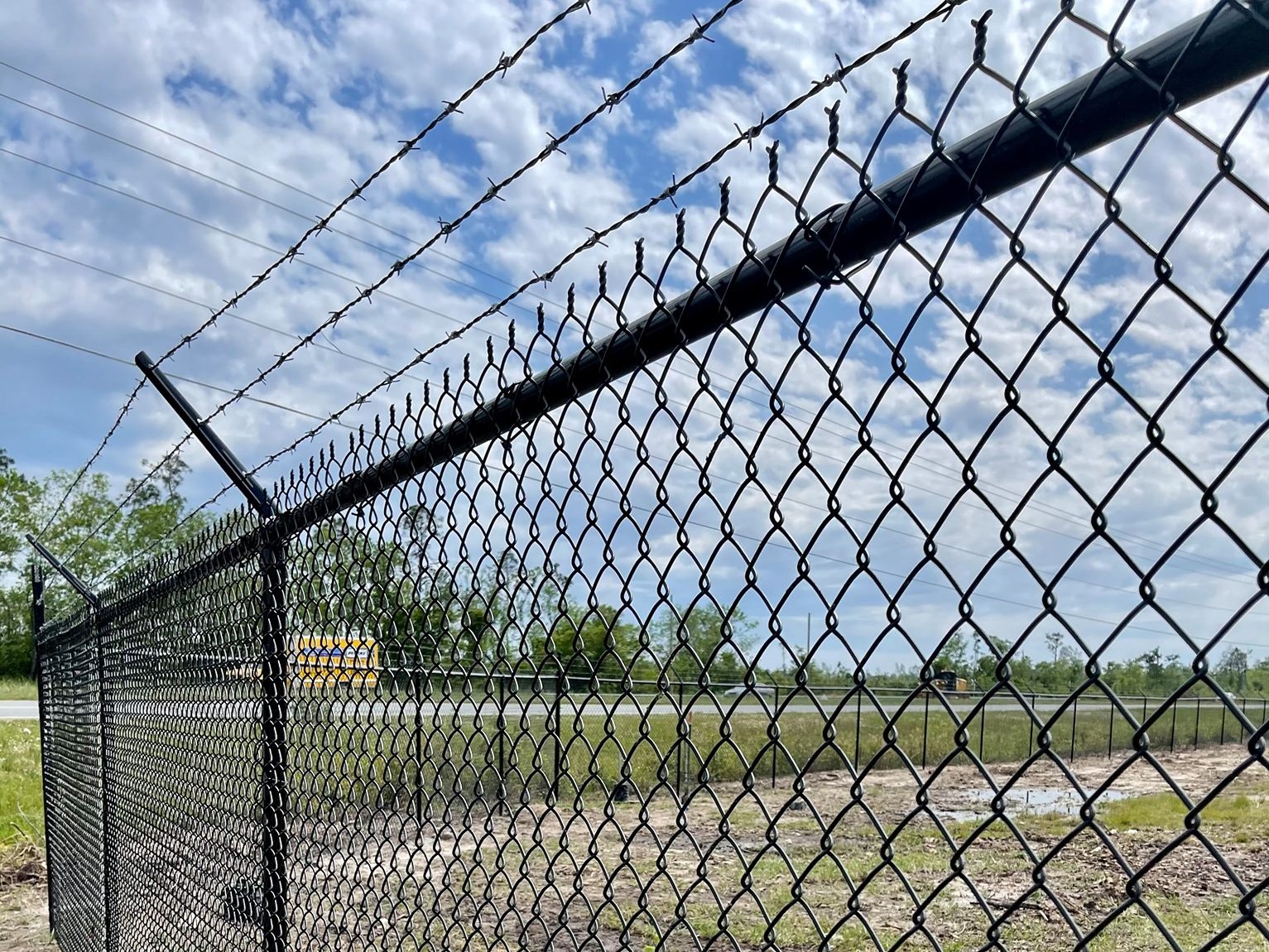An information system (IS) can be defined as “a set of inter-related components working together to collect, retrieve, process, store and distribute information in order to facilitate the planning, control, coordination, analysis and decision making in companies and other organizations.”
The most common concepts of an information system are those in which:
o Computer networks are systems of components of information processing;
o The use of computer networks by firms are, in fact, interconnected information systems;
o Developing ways of using computer networks in business includes the design of the basic components of information systems;
o The administration of information technology emphasizes the quality and value for business and security of information systems in an organization.
The IS contains information about people, places, and those facts that help managers to make decisions, analyze and visualize complex issues and solve other problems.
For this, use a cycle of three basic activities: input, processing and output. The IS has three basic functions in the organization of a company, which has the capacity to transform information into knowledge.
o Troubleshooting, by equating the proposal of solutions to support the manager of the company to act ;
o Production of Knowledge, by obtaining information that would be difficult to access by other procedures;
o Providing an awareness in problems of organization and development.
There are some definitions of “management information system:
o System of people, equipment, procedures, documents and communications that collects, validates, processes transactions, processes, stores, retrieves and presents data for use in planning, budgeting, accounting, control and management processes for various other administrative purposes.
o Systems for processing information to become management decisions;
o Organized method of providing information from past, present and future, related to internal operations and external intelligence service. Serves to support the functions of planning, control and operation of an enterprise through the provision of information in the pattern of time appropriate to assist the decision-maker;
o Man-machine integrated system that provides information to support the functions of operation, administration and decision making in the company;
o Group of people or a set of manuals and equipment, data processing aimed to the selection, storage, processing and retrieval of data in order to reduce uncertainty in decision making through the provision of in time information for executives so they can use it for the most efficient way;
o System toward the collection, storage, retrieval and processing of information, used or desired by one or more executives to perform in its activities;
o Organized method for providing the executive of information from the past, present and future on the internal operation of the company and the business environment
o Combination of people, facilities, technology, business environment, procedures and controls, essential to process certain transactions in typical routines, to warn the executives to the significance of internal and external events, providing a basis for intelligent decision making.
Types of Information Systems
An information system should provide quality information to business and filter them by levels of decision, or subdivide them into levels, according to the hierarchical functional levels that will use them and levels of decision that should receive the information with a summary for strategic decisions.
An information system expresses a fundamental conceptual structure, depends on human resources (the end users and experts in SI), hardware (machines and average), software ( programs and procedures), data (databases and knowledge bases) and network (mean of communication and support network) to perform activities of entry, processing, production, storage and control of resources that convert data into information products.
An information system is an integral part of an organization and is a product of three components: technology, organizations and individuals, where:
o Organizations – An organization is hierarchical and structured formed. Each organization has a specific culture, or fundamental assumptions, values and methods. An organizations need to build systems to solve problems created by internal and external factors;
o People – people use information from systems based on computers in their work. They are required to enter data into the system, so that the computer can read them.
o Technology – the technology is the means by which data is processed and organized for use by people. Computers replaced the manual processing technology and can perform millions and even hundreds of millions of instructions per second. An information system has features of Information Systems. In the basic model of IS have been 5 resources keys: people, hardware, software, data and networks.
o Human resources – people are required for all information systems, which are the end users and experts in IS.
o Hardware Resources – all physical devices in equipment used in processing information.
o Software Resources-all sets of operational instructions called programs, functioning for directing and controlling the hardware, beyond the sets of instructions for processing the information.
o Resource Data – more than the raw material is in fact a valuable organizational resource to be managed effectively to benefit all end users of an organization.
o Resource Network – telecommunications networks such as the Internet, intranets and extranets, which are essential to the success in the operation of all businesses, is an important activity to characterize the success of the system.




More Stories
Why Information Technology is Key to Growth
Information Technology: Your Pathway to Innovation
Unlocking the Future of Information Technology